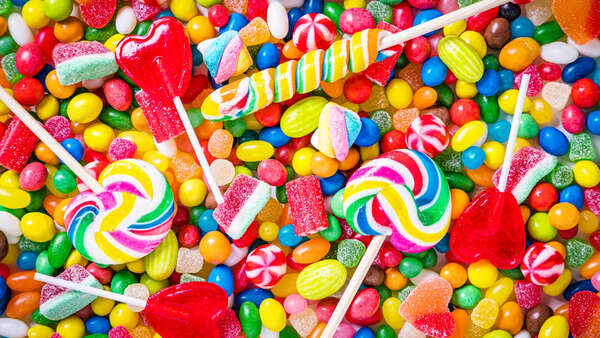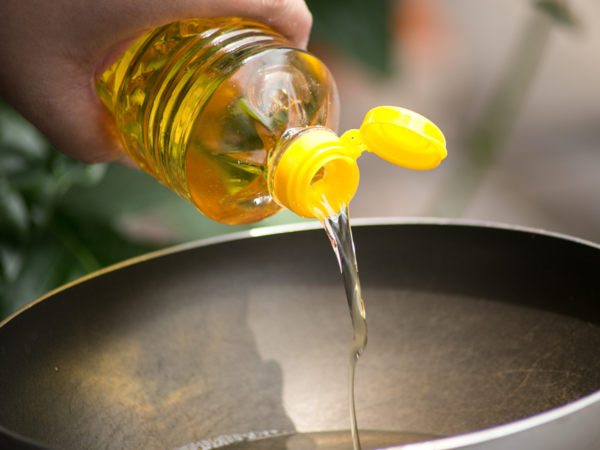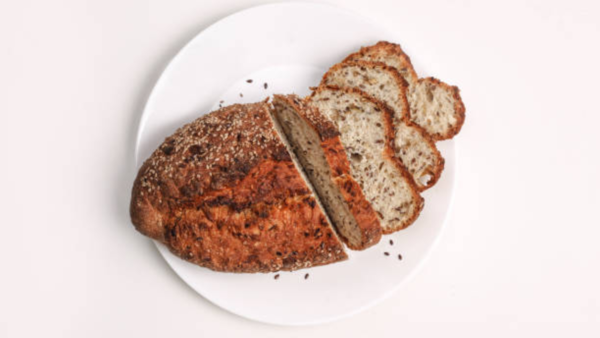While reading food labels is a good start, it's often not enough to protect yourself from potentially harmful ingredients lurking in everyday foods. Many seemingly harmless items on grocery store shelves contain hidden additives that can negatively impact your well-being.

From your favorite breakfast cereal to that seemingly healthy protein bar, here are some common ingredients to be wary of:

Titanium Dioxide: This chemical is commonly used to whiten foods, including coffee creamers, candies, sunscreens, and toothpaste. While it makes food look more appealing, the FDA classifies titanium dioxide as a Group 2B carcinogen. Nanoparticles present in this ingredient may induce inflammation and oxidative stress within the body.
Brominated Vegetable Oil (BVO): BVO acts as an emulsifier, primarily used in citrus-flavored drinks to prevent flavor oils from separating. Research suggests a link between BVO consumption and neurological problems, thyroid dysfunction, as well as heart and liver damage. Despite being banned in Europe and the US, BVO is still used in various other countries.



By being aware of these hidden ingredients and their potential health risks, you can make more informed choices and prioritize your well-being.
Newer articles
Older articles
 Black Caps Announce Packed 2025-26 Home Schedule Featuring Australia, England, West Indies & South Africa
Black Caps Announce Packed 2025-26 Home Schedule Featuring Australia, England, West Indies & South Africa
 Jaiswal Aims to Eclipse Gavaskar's 49-Year-Old Record as India Seeks Series Leveler at Edgbaston
Jaiswal Aims to Eclipse Gavaskar's 49-Year-Old Record as India Seeks Series Leveler at Edgbaston
 Rishabh Pant: Greg Chappell Lauds Indian Star's Game-Changing Cricket Revolution
Rishabh Pant: Greg Chappell Lauds Indian Star's Game-Changing Cricket Revolution
 Samsung Unveils Galaxy A35 5G and A55 5G Pricing, Specs, and Availability
Samsung Unveils Galaxy A35 5G and A55 5G Pricing, Specs, and Availability
 5 Silent Signals: Spotting Prediabetes Without a Blood Test
5 Silent Signals: Spotting Prediabetes Without a Blood Test
 Cummins Lauds Australia's Solid Start in New World Test Championship Campaign
Cummins Lauds Australia's Solid Start in New World Test Championship Campaign
 Science-Backed Strategies: 5 Simple Habits for a Healthier Heart
Science-Backed Strategies: 5 Simple Habits for a Healthier Heart
 Anish Giri's Jesting Remark Highlights Praggnanandhaa's Rise to Top Junior Chess Ranking
Anish Giri's Jesting Remark Highlights Praggnanandhaa's Rise to Top Junior Chess Ranking
 India vs England: Calls Mount for Kuldeep Yadav's Inclusion in Edgbaston Test Amid Strategic Reworking
India vs England: Calls Mount for Kuldeep Yadav's Inclusion in Edgbaston Test Amid Strategic Reworking
 The subtext of Gill's selection
The subtext of Gill's selection